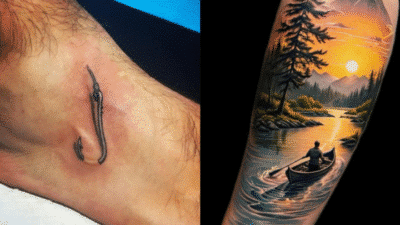Considering a samurai tattoo is more than just choosing a bold design—it’s about embracing a deep tradition shaped by courage, honor, and discipline. A samurai tattoo symbolizes your respect for an ancient code and commitment to personal values, making it a powerful piece of art with lasting meaning. With their striking armor, iconic swords, and motifs like cherry blossoms and dragons, these tattoos offer you many ways to tell your story.
Exploring samurai tattoo ideas means stepping into a world where artistry meets philosophy. Whether you’re drawn to classic sleeve designs, intricate forearm portraits, or unique symbolic elements, the options allow you to reflect your individuality and personal journey. This guide will help you discover the right design and understand what it means, so you feel confident when you sit down with your tattoo artist.
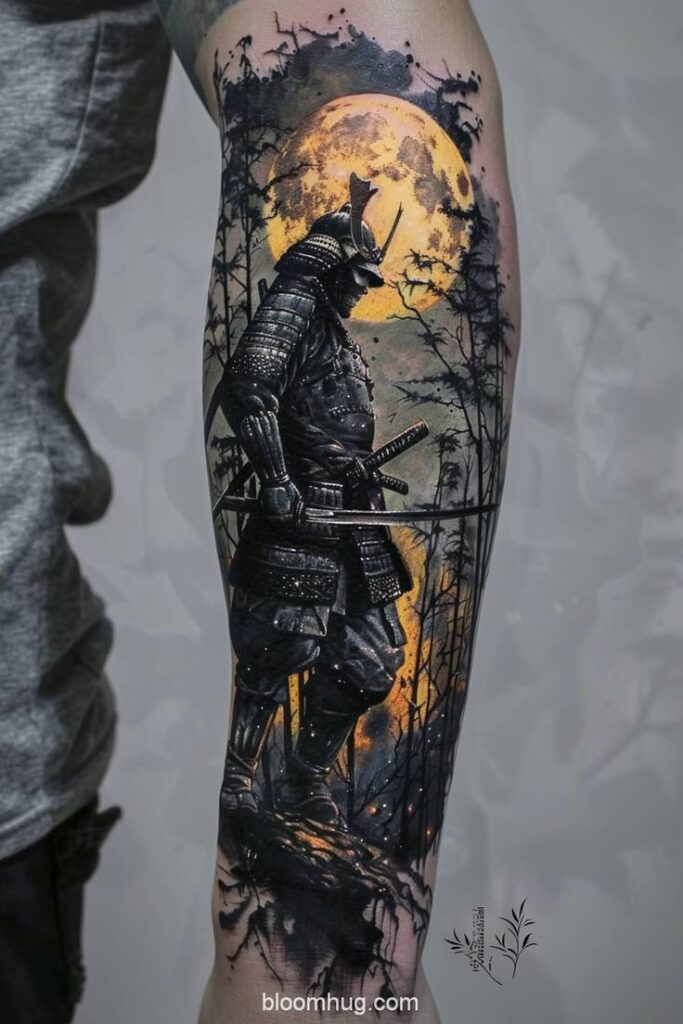
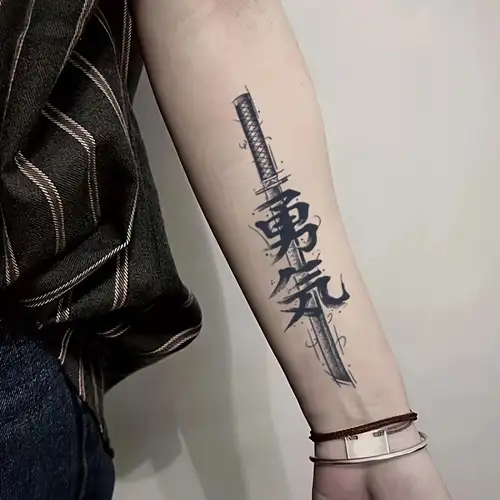
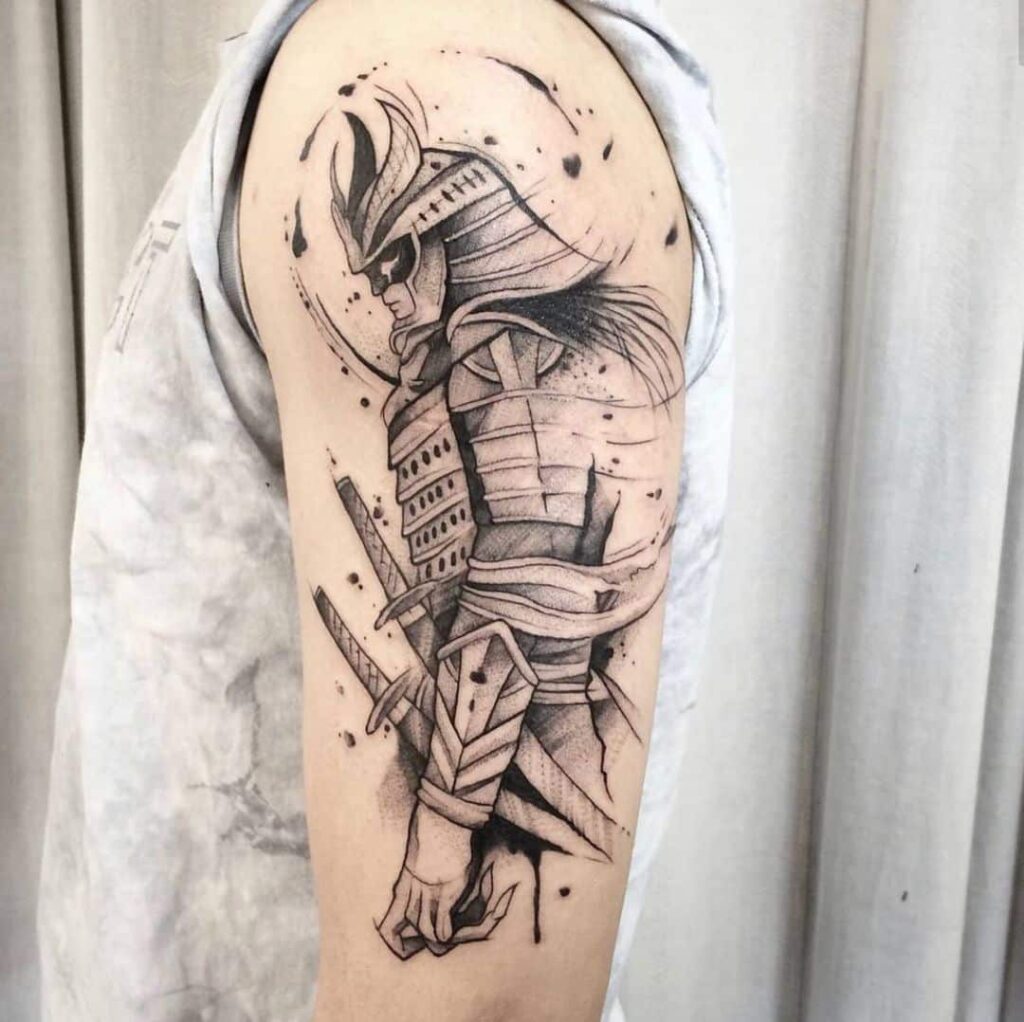
Key Takeaways
- Samurai tattoos carry strong cultural and symbolic meanings.
- Popular designs feature bold warriors and iconic Japanese elements.
- Choosing the right idea aligns your values with the art you wear.
Samurai Tattoos: History and Cultural Significance
Samurai tattoos are rooted in Japanese history, full of meaning tied to the warrior class and their well-known honor code. Understanding their origins, values, and symbolism can help you choose a design that reflects your personal beliefs and appreciation for Japanese culture.
Origins in Japanese Culture
Samurai tattoos have their roots in Edo-period Japan, when tattooing, known as irezumi, was both an art form and a social statement. These tattoos were initially adopted by people on the fringes of society, but samurai imagery later gained respect, especially as a tribute to the disciplined warrior class.
Traditional Japanese tattoos often depict samurai with detailed armor, fierce expressions, and iconic weapons like the katana. These images capture not only the appearance but the spirit of the ancient bushi, or warriors.
For many, wearing a samurai tattoo is a way to express a connection to Japan’s rich artistic traditions. It honors the bravery and heritage of a group that shaped Japanese history for centuries.
The Bushido Code and Samurai Values
The meaning of a samurai tattoo draws heavily on the Bushido code, a set of moral principles that guided samurai conduct. Loyalty, honor, courage, and self-discipline were at the core of this way of life.
A samurai warrior tattoo is often chosen to represent these qualities. The depicted figure may symbolize a personal commitment to living with integrity, showing self-control, or facing adversity with bravery.
People gravitate towards these tattoos not just for aesthetic appeal, but to remind themselves of values like gi (righteousness) and yu (courage) that stand at the heart of the Bushido ethos. The act of getting inked can be a declaration of adopting these virtues in your own life.
Symbolism Behind Samurai Tattoos
Samurai tattoos carry layered meanings that go well beyond the visual. In Japanese tattoos, samurai are commonly shown in dynamic poses, ready for battle, to reflect protection, resolve, and discipline.
Key symbols, such as cherry blossoms falling near a warrior, represent the fleeting nature of life and the acceptance of mortality—a belief held deeply by samurai. The katana, often featured, stands for honor and readiness to fight for one’s principles.
Many designs also include elements like dragons or tigers, which add further layers of strength, wisdom, or dominance. Choosing a samurai tattoo allows you to embody powerful ideas through art, connecting tradition, personal interpretation, and values in a single piece.
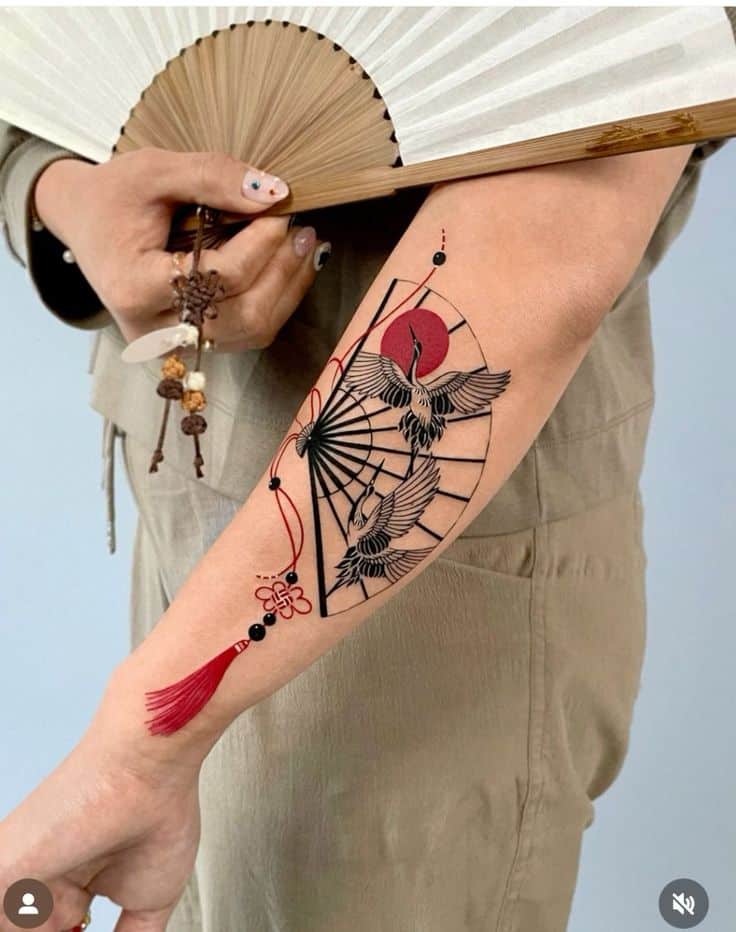
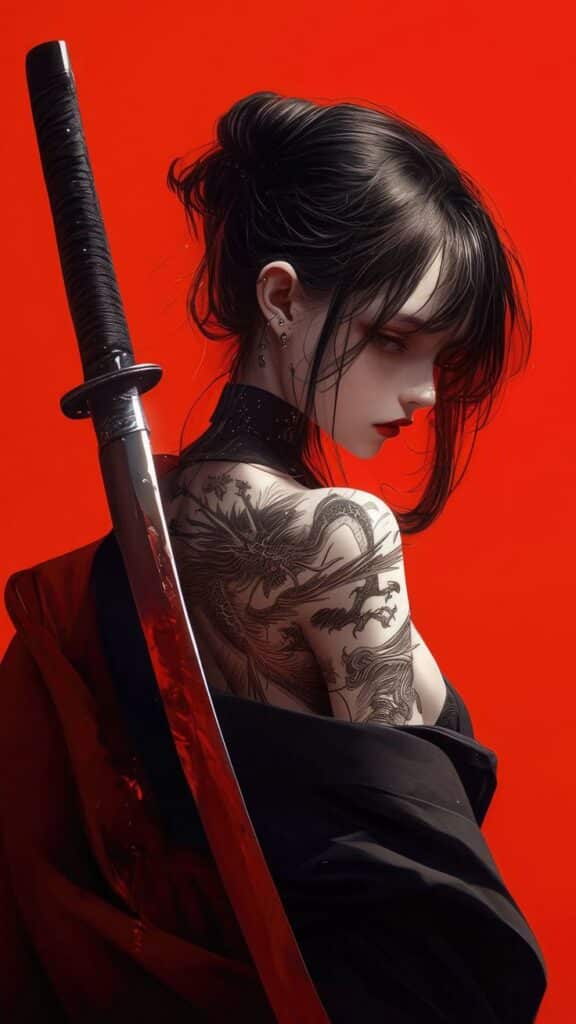
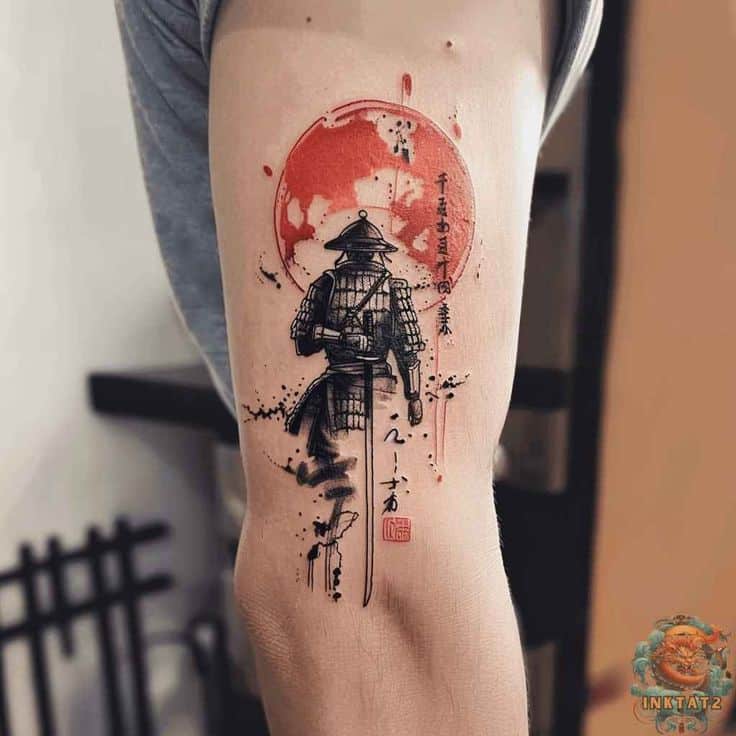
Popular Samurai Tattoo Designs and Their Meanings
Samurai tattoo designs often feature rich symbolism, detailed artwork, and historical references. You can express values like honor, courage, and loyalty through each design choice, with each motif telling a unique story.
Traditional Samurai Portraits
Traditional samurai portraits focus on the face and expression of the warrior. These tattoos highlight strong, determined eyes, topknots, and sometimes fierce expressions. The portrait style brings out the character’s discipline, wisdom, and sense of duty.
A well-rendered samurai tattoo in this style often includes fine line work to show the unique details of the kimono or facial features. This type of design is popular if you want to honor the legendary status and respected values attached to samurai culture.
Many people choose this style to pay tribute to historical figures or family heritage. When planning your design, you can work with your artist to include personalized elements, such as specific crests or symbols, for deeper meaning.
Samurai in Armor
Samurai in armor tattoos are widely loved for their dramatic and powerful appearance. These designs emphasize the traditional armor, including helmet (kabuto), chest plate, and sometimes weapons like katanas. Shading and texture are important for capturing the complexity of the armor.
Choosing this samurai tattoo idea symbolizes protection, strength, and readiness to defend your values. The intricate detailing can make the tattoo look almost lifelike and showcases the craftsmanship of tattoo artists.
Often, you’ll see extra motifs like cherry blossoms or dragons, each adding a separate layer of meaning. The armor itself represents not just physical defense but also mental resilience and a disciplined lifestyle rooted in samurai tradition.
Female Samurai Inspirations
Female samurai tattoos (inspired by onna-bugeisha) highlight the often-overlooked women warriors of Japanese history. Designs often show women in action poses, sometimes in full armor or wielding weapons like the naginata. Their presence stands for strength, independence, and breaking gender norms.
Getting a female samurai tattoo is a way to honor both tradition and empowerment. The design can combine grace with ferocity, mixing delicate features with bold armor or fierce expressions for contrast.
Some choose to incorporate symbolic elements—such as peonies or flames—to represent bravery and beauty together. This style of tattoo appeals to those looking for a unique mix of historical authenticity and modern meaning.
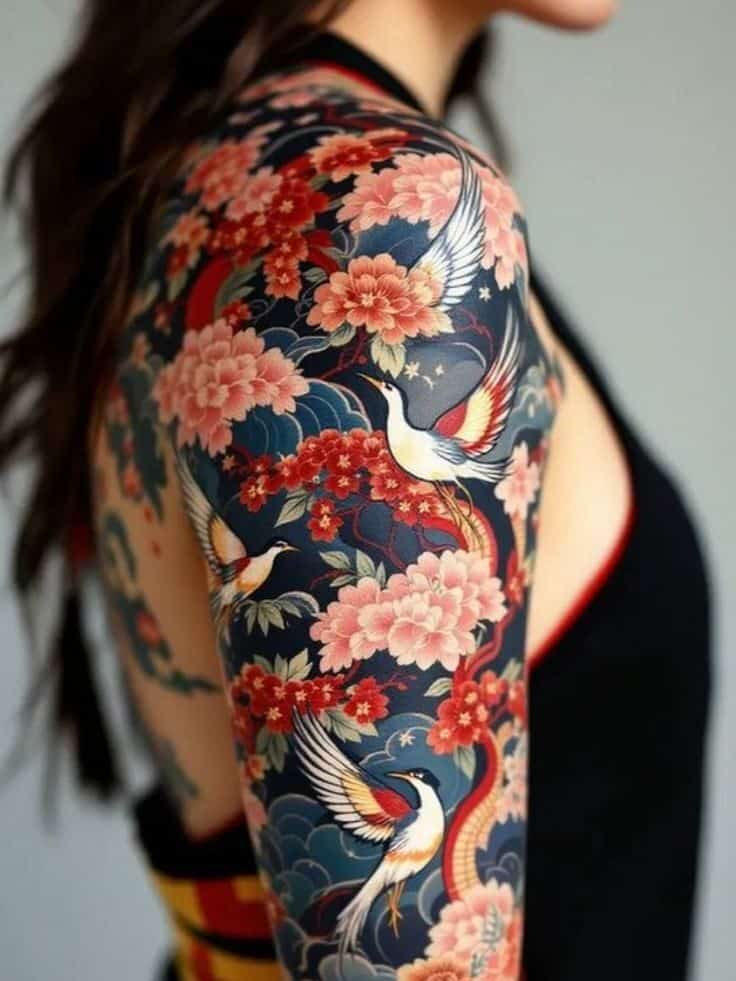
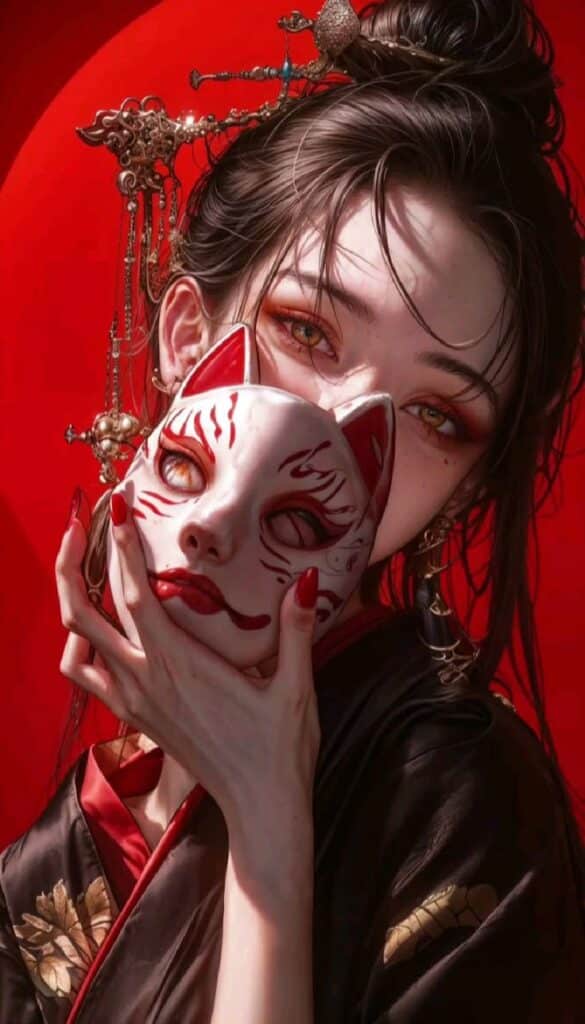

Iconic Symbols and Motifs in Samurai Tattoos
Many samurai tattoos are rich in symbolism, drawing on historical elements and nature to represent personal values like honor, courage, and the fleeting nature of life. Several classic motifs—including iconic weapons and revered creatures—add depth and meaning to your tattoo’s design.
Katana: The Soul of the Samurai
The katana is one of the most frequently depicted symbols in samurai tattoos. This distinctive curved sword represents more than just a weapon—it stands for the samurai’s soul, embodying values like honor, strength, and righteousness.
A katana tattoo often features intricate detailing on the blade and hilt, sometimes paired with a warrior in armor. For many, incorporating a katana highlights a commitment to discipline and ethical conduct. Placement can range from a small, single-blade piece to a larger scene of battle or ceremony.
The katana also connects the wearer to the “Bushido” code, which focuses on loyalty and self-mastery. This makes it a popular choice if you want your tattoo to reflect unwavering principles.
Cherry Blossoms and Maple Leaves
Nature holds a special place in Japanese tattoo art, and samurai tattoos often showcase cherry blossoms (sakura) and sometimes maple leaves. Cherry blossoms are admired for their short, beautiful bloom, symbolizing the samurai’s acceptance of mortality and the beauty of brief moments.
A tattoo with falling cherry blossoms can express the idea of living fully, knowing that life is fragile and temporary. Maple leaves, though used less often, share similar symbolism—reminding you of the cycles of change and the impermanence of everything.
You might see these motifs as soft contrasts to the fierce image of the samurai, creating balance in both color and meaning. Combining these with samurai imagery lets you blend toughness with poetic beauty.
Koi Fish and Mythical Creatures
The koi fish is another favored motif, often signifying perseverance and determination. Koi are known in Japanese folklore for swimming upstream, representing the courage to overcome obstacles. When paired with samurai imagery, these tattoos reinforce qualities like bravery and resilience.
Some designs also incorporate mythical creatures like dragons or tigers. Dragons can stand for wisdom and protection, while tigers point to strength and courage in adversity. Koi fish designs may include water or waves, adding movement and energy to your tattoo.
Selecting koi or mythical creatures lets you further personalize your samurai tattoo, choosing symbols that best match your own story and aspirations.
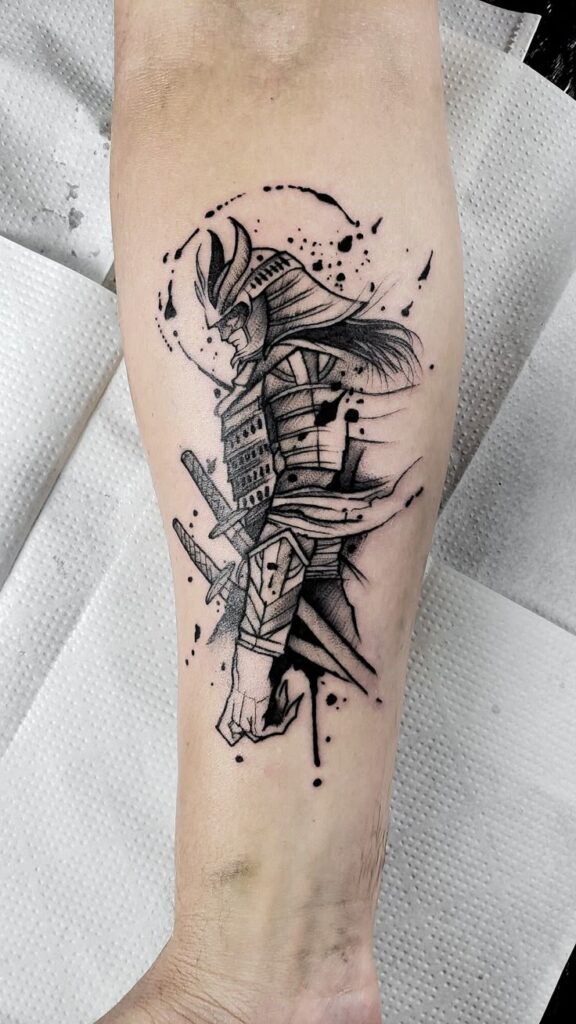
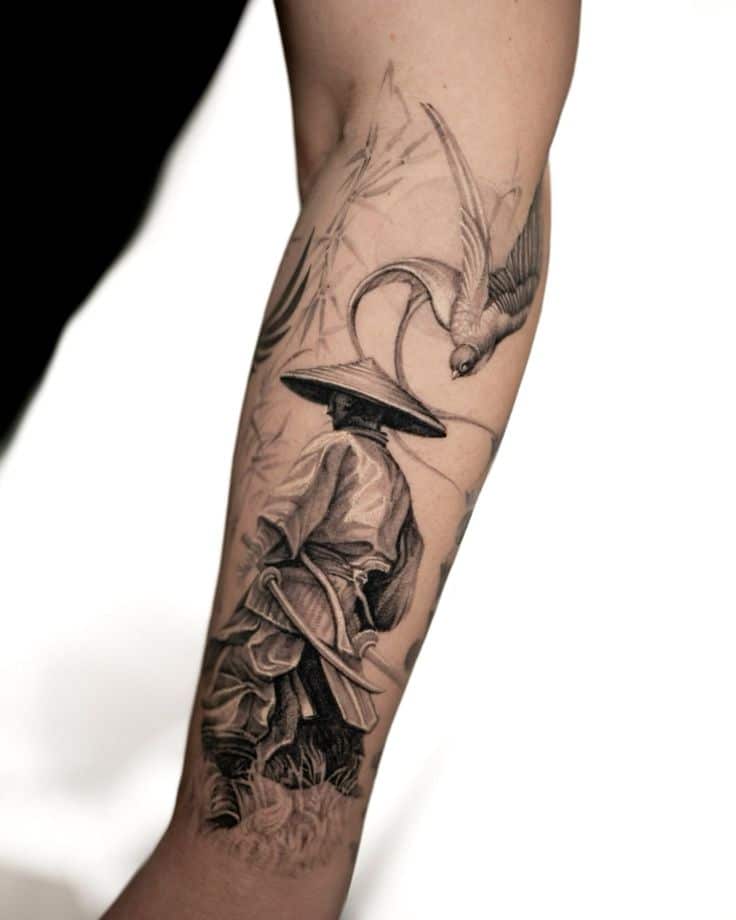

Choosing Your Samurai Tattoo: Placement, Ideas, and Styles
Finding the right samurai tattoo means looking closely at where you want it, what symbols and elements matter most, and which art style best fits your vision. Every choice you make shapes the impact and meaning of your Japanese tattoo.
Placement Options and Size Considerations
Where you place your samurai tattoo can affect its visibility, detail, and overall effect. Common placements include the upper arm, leg, back, and chest. These larger areas allow space for full samurai warriors, traditional armor, or battle scenes.
For more discreet or smaller designs, the forearm, calf, or side of the neck can work well. Keep in mind, detailed samurai tattoo designs may lose clarity if scaled down too much.
If you’re interested in showcasing broad themes—like a samurai in armor, cherry blossoms, or a sweeping katana—choose a placement that allows the design to breathe. Table: Common Placements
| Area | Size Range | Suitability for Detail |
|---|---|---|
| Upper Arm | Medium-Large | High |
| Back | Large | Very High |
| Chest | Medium-Large | High |
| Forearm | Small-Medium | Moderate |
Combining Elements for Unique Designs
You can personalize samurai tattoo ideas by combining different elements. Popular additions include cherry blossoms, kanji characters, waves, kabuto helmets, and mythical creatures like dragons or phoenixes.
Mixing symbols helps your Japanese tattoo reflect values such as loyalty, strength, courage, or honor. For example, adding peonies or maple leaves gives softer contrasts to the severe look of samurai armor. Kanji for “courage” or “loyalty” can add deeper personal meaning.
Don’t be afraid to mix modern and traditional motifs. Merge sharp, armored lines of the samurai with flowing background patterns like wind bars or clouds for a visually balanced result. Work with your artist to find combinations that capture your story.
Modern vs. Traditional Style Choices
Traditional Japanese tattoos, known as Irezumi, use bold lines, soft gradients, and classic motifs. Expect lots of black, grey, and red ink, with plenty of sweeping motion and mythic undertones in the design. These pieces often feature detailed armor, stern expressions, and backgrounds filled with waves or flames.
Modern samurai tattoo styles can be more minimalist or even abstract. Artists might add geometric elements, vibrant color blocking, or sharper contrast between foreground and background. Some opt for neo-traditional or illustrative approaches that blend Western and Japanese tattooing traditions.
Consider what speaks most to your taste. Traditional styles offer authenticity and cultural depth, while modern takes can create a bolder or more personal look. Your chosen style will influence the design’s atmosphere and how it fits with any existing body art.
Working With a Tattoo Artist
A skilled tattoo artist is essential for bringing a samurai tattoo to life with authenticity and detail. Your choices, from artist selection to the way you communicate your ideas, impact both the design and the overall experience.
Selecting the Right Tattoo Artist
Look for a tattoo artist with direct experience in Japanese-inspired or specifically samurai tattoos. Artists who show mastery with intricate lines, shading, and traditional motifs can ensure the cultural accuracy and visual impact these designs require.
Review portfolios to check for similar projects—note their attention to detail in armor, swords, and facial expressions. Ask about their training; some professionals invest years learning Japanese styles and symbolism, often apprenticing under established Japanese artists.
Refer to this table when evaluating potential artists:
| Criteria | What to Consider |
|---|---|
| Style Experience | Traditional Japanese; Samurai-specific |
| Portfolio Examples | Detailed warrior, armor, and symbolism |
| Cultural Knowledge | Familiarity with Bushido and its values |
| Client Reviews | Feedback on communication and skill |
Shortlist those who are not only technically skilled but also demonstrate respect and understanding of samurai history and values.
Consultation Tips for Your Samurai Tattoo
Prepare references showing the specific style, stance, or symbolism you want in your samurai tattoo. Bring sketches, art, or even a brief story about why this design matters to you—these help your tattoo artist understand your vision.
During your consultation, discuss placement and size. Samurai tattoos often take up significant space (like the upper arm, back, or leg), so your artist can advise what fits best with your anatomy and pain tolerance.
Talk through color options and shading. Some prefer bold black-and-grey, while others want complex full-color scenes. Ask your artist about the healing process and aftercare for larger, more intricate tattoos.
Write down your questions beforehand:
- How long will this piece take?
- Can you make adjustments to my references?
- What can I do to prepare for the session?
Clear, honest communication leads to a design you’ll appreciate for years.
- 12shares
- Facebook0
- Pinterest12
- Twitter0

